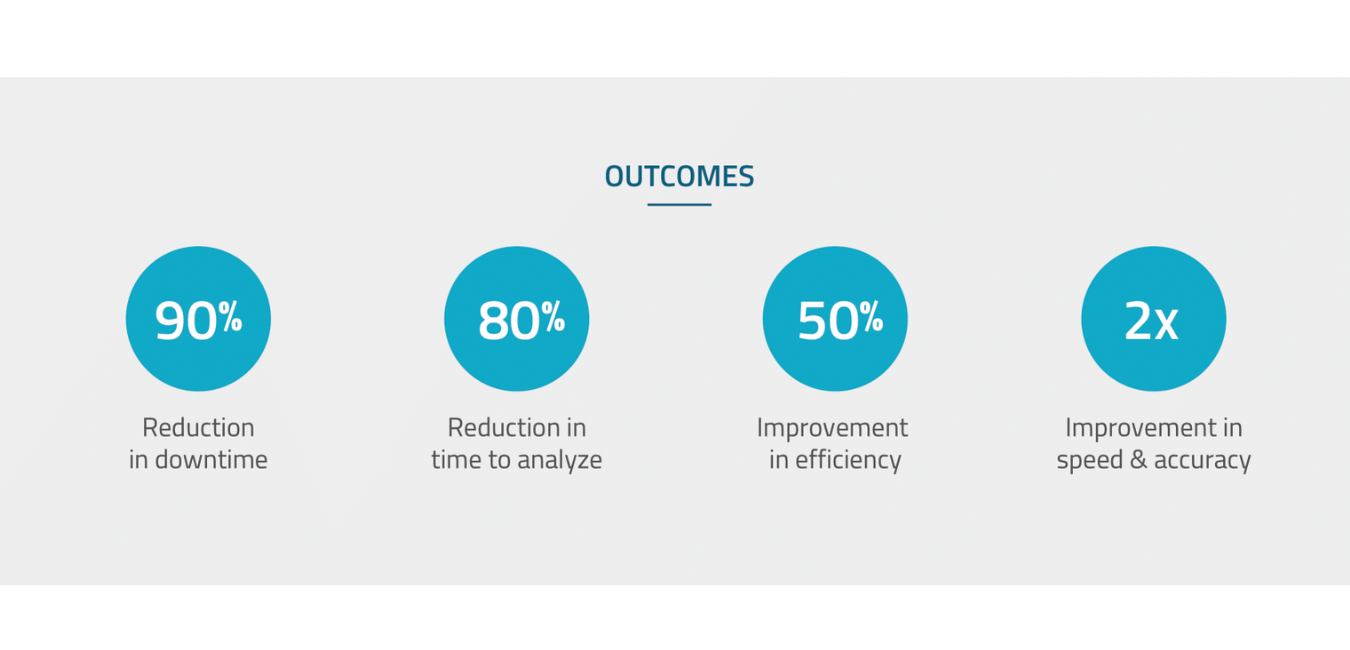Best Practices for Going Beyond Exception-Based Surveillance
Many O&G Operators have deployed tools that enable exception-based surveillance over the last several years, and have begun to capture and use data from equipment and wells.
Alongside the advancements that these exception-based surveillance tools bring, they also add additional work to operators who must deal with a significantly increased amount of generated information.
While exception-based surveillance tools allow operators to see deviations from normal behavior, they also often require operators to analyze deviations and determine the next steps manually.
.png?width=206&name=Untitled%20design%20(64).png) Exception-Based Surveillance tools also have the following limitations:
Exception-Based Surveillance tools also have the following limitations:
-
-
-
-
- They create lots of alerts that require follow-up by operators.
- The created alerts do not use the extensive knowledge that operators already have about their wells and equipment.
- Exceptions are typically simple thresholds and do not enable automated root cause analysis and diagnostics.
- The tools don't use advanced analytics to enhance decision-making and move from being reactive to proactive.
-
-
-
These limitations together result in organizations not getting the full potential value from new digital approaches.
Through our work with 1000s of critical asset operators, we've developed an approach to utilize digital tools most effectively.
This includes the use of a flexible tool that allows organizations to utilize their teams' knowledge in real-time and combine it with advanced analytics. By doing so, organizations can realize significant improvements in well performance, productivity, and knowledge utilization.
We call this approach Beyond Exception-based Surveillance.
Best Practices for Digitally Proactive Oil and Gas Operations:
Digital operations that make the most impact need to have the following characteristics:
1) Self-service & Transparent
The best way to enable your team is to give them direct control. By utilizing a self-service system where the analytics are transparent and accessible, your subject matter experts can quickly apply their knowledge and solve problems faster and better.
2) Complementary to Existing Services, Flexible (Future-Proof)
Your digital tools need to complement the processes, team, and tools you already have in place. These tools should be able to connect via modern APIs to multiple systems, both pushing and pulling data so it can reach users wherever it is needed.
3) Human Knowledge + Analytics
Your organization is already using multiple sophisticated processes being implemented by experts. By implementing these processes into an automation layer (not just in Excel sheets!) and then layering in advanced machine learning, you get improved well output, higher accuracy and productivity, and higher adoption by users.
4) Multi-Step Root Cause Diagnostics
Creating more alerts for operators does not solve problems - it creates noise that results in alert fatigue. The result is that operators will take it upon themselves to ignore the vast majority of alerts, or create non-standardized ways to figure out the most important. Instead, you can implement multi-step diagnostics that an engineer already does after getting a simple alert - and automate and standardize it.
5) Agile process - Deploy, Feedback, Improve quickly
Analytics projects and digital tools require the ability to implement new analytics and processes, try them, get feedback, and improve them over time. The ability to be agile in your tools and process is critical to this successful and proven approach.
BEST PRACTICES IN ACTION
Take a look at this example, which is what we call an Insight Tree. The Tree contains a series of steps, or analytics, which run for every well or piece of equipment:
In this example, you can see the following elements being used:
- Automating a multi-step diagnostic - for example, checking Flow, Pressure, and Temperature in the red boxes in an automated way.
- Assigning meaning using an experts’ knowledge - When all these items trigger, we come to a box at the bottom of the tree with what it means. For example: “Production increased with Increase in Injection”.
- Allowing users to edit the Trees themselves - not requiring coding or IT to get involved.
- Allowing Corrective Actions and Feedback to be captured.

Ready to learn more? Request a personalized demo below.